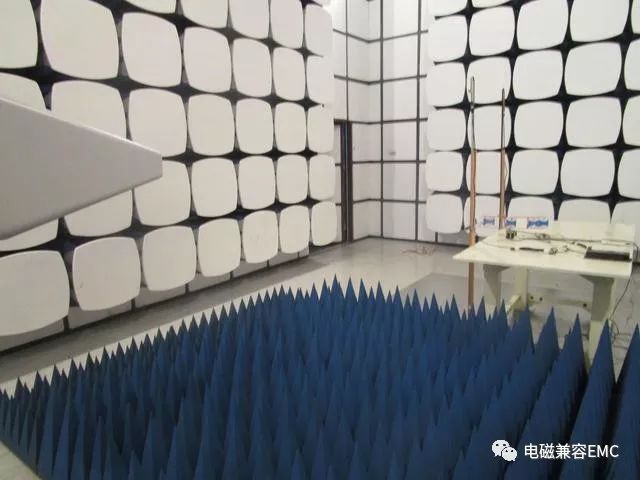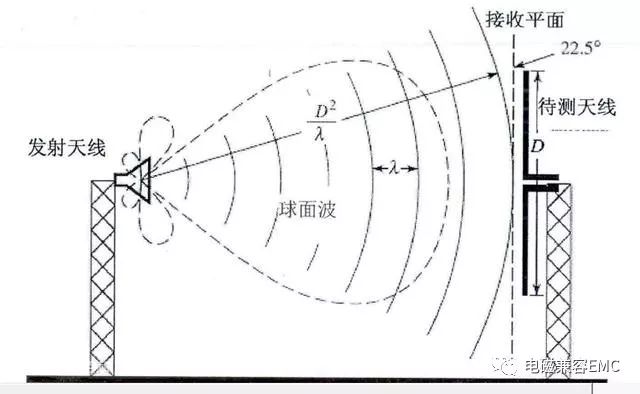
When testing wireless products, we often rely on wireless measurements to evaluate characteristics like OTA (Over-The-Air) performance or radiated spurs (RSE). From an accuracy standpoint, far-field conditions are typically required for such tests. However, the question remains: what exactly defines a "near field" and a "far field"? There's no universally accepted definition, which can lead to confusion in practice.
Recently, a colleague from the testing industry asked me if it was possible to measure the radiation spurs of a 2.4G product in a 3-meter EMC chamber. From an empirical perspective, yes, it is definitely feasible. But the deeper question is whether the test setup meets the actual far-field condition required by the standard.
To clarify this, I looked into the RF standards for 2.4G products, particularly EN300328. In its appendix, there is a clear definition of far-field conditions. Here’s what it states:

The standard clearly emphasizes that far-field conditions should be used when measuring radiation characteristics. It defines two criteria for far-field conditions, and whichever is greater should be followed.
First, the far-field condition is defined based on the wavelength λ of the signal. Second, the distance between the device under test and the antenna must be significantly larger than D²/λ, where D is the geometric diameter of the antenna.
For a 2.4GHz product, the wavelength λ is approximately 0.125 meters. Using this value, we can calculate whether a 3-meter darkroom satisfies the far-field requirements. Let’s look at the second formula: D²/λ. Before plugging in numbers, we need to understand what D represents. D is the physical size of the antenna of the device being tested.

In a standard 3-meter anechoic chamber, the distance between the device and the antenna is 3 meters. With a wavelength of 0.125 meters, the calculation shows that D can be up to 0.61 meters. This means that as long as the antenna of the device is much smaller than 0.61 meters, the 3-meter chamber meets the far-field requirement according to EN300328.
Based on these calculations, for a 2.4GHz wireless product, as long as the antenna size is less than 0.61 meters, the test conducted in a 3-meter darkroom would indeed meet the far-field conditions outlined in the standard. This helps ensure accurate measurement of spurious emissions and other critical parameters.
Heat-shrinkable tubing is a special heat-shrinkable sleeve made of polyolefin. The outer layer is made of high-quality soft cross-linked polyolefin material and the inner layer of hot melt adhesive composite processing and become, the outer layer of material has the characteristics of insulation, corrosion and abrasion resistance, etc., and the inner layer has the advantages of low melting point, waterproof sealing and high adhesive properties.
Heat-shrink tube,Heat shrinkable tubing,thermal contraction pipe,Shrink tube
Mianyang Dongyao New Material Co. , https://www.mydyxc.com
